The Inca Trail is more than just another hiking route. This trail was used by kings and has a fascinating history.
We’ve compiled a list of our top 11 most interesting Inca Trail facts.
So, sit back and relax. Take in these pockets of information and let the excitement begin. The more you know, the better prepared you will be for this amazing trail.
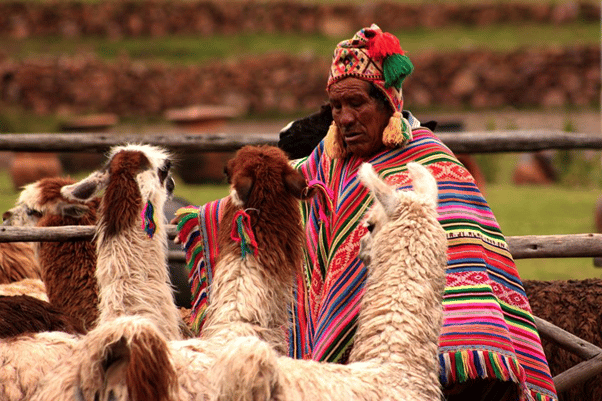
Inca Trail Facts
11 Facts About The Inca Trail You Need To Know
Here are just a few of my favourite Inca Trail facts that you may not have known before, but which will definitely mystify you and leave you awe-struck.
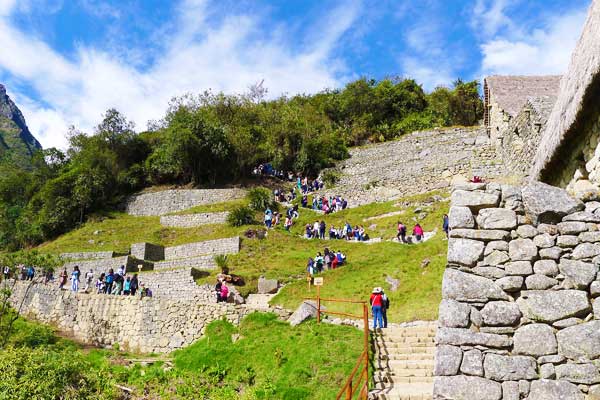
#1 The Inca Trail is The Most Popular Trek In Latin America
The Inca Trail regularly comes in the top 5 of the world’s best hikes. This is alongside other mega-hikes like Kilimanjaro and Everest Base Camp.
In terms of annual foot traffic, it is the busiest multi-day trail in all of Latin America. 200 hikers start the trail each day. This adds up to around 25,000 tourists a year. That’s excluding the 300 guides and porters per day to manage the groups.
Due to the high demand for permits, you need to book your space 6-12 months in advance.
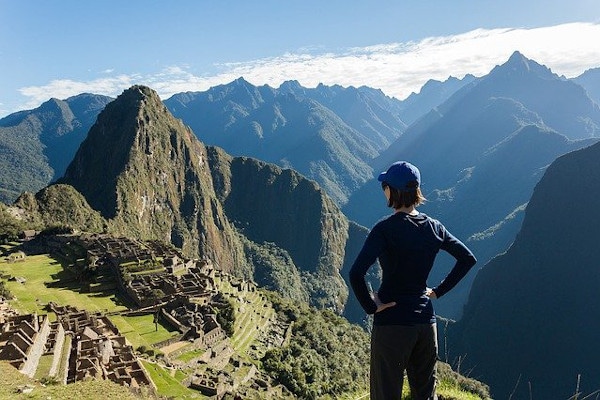
Get an Inca trail trek quote
Start planning your Machu Picchu hiking holiday.
#2 Hiram Bingham Discovered The Inca Trail
Hiram Bingham is famous for discovering the Inca Trail. He first explored the ruins in 1911. Of course, locals had known of the site's existence long before.
A farmer, Melchor Arteaga, first told Bingham about Machu Picchu and Huayna Picchu. Bingham contracted the farmer, along with a local child, to guide him to the ruins. At this time, Machu Picchu was covered in dense vegetation.
You may also like:
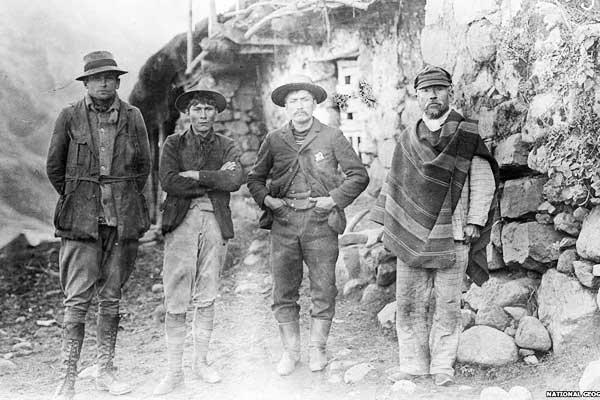
Hiram Bingham and his trekking team.
#3 Start and End Points
The trail starts at KM82 and ends at Machu Picchu. Hikers first see Machu Picchu through Inti Punku. This is better known as the Sungate.
The Incan people were very strategic in placing this entranceway. During the Summer Solstices, the sun's rays pass through the gate. This is what makes it special for hikers reaching the Sun Gate at dawn.
Looking for a day tour? Here are my 5 favourite day tours around Cusco:
- Rainbow Mountain day trip (with meals)
- Moray and Salt Mines Quad Bike Tour
- Sacred Valley day tour
- Humantay Lake day tour
- Machu Picchu and Huayna Picchu entrance tickets
See more Cusco day trips.
#4 The Inca Trail Is More Than 500 Years Old
The trail follows the same route ancient Incans used more than 5 centuries ago. The Incans constructed these roads at the peak of the Empire’s power. They are an incredible testament to the Incas' engineering abilities.
The Inca Trail is only a fraction of the entire road network. There are more than 28,000 miles (45,000km) of trails. Collectively, the road network is called Quapaq Nan. These royal roads connected Peru, Ecuador, Bolivia, Columbia, Chile, and even parts of Argentina.
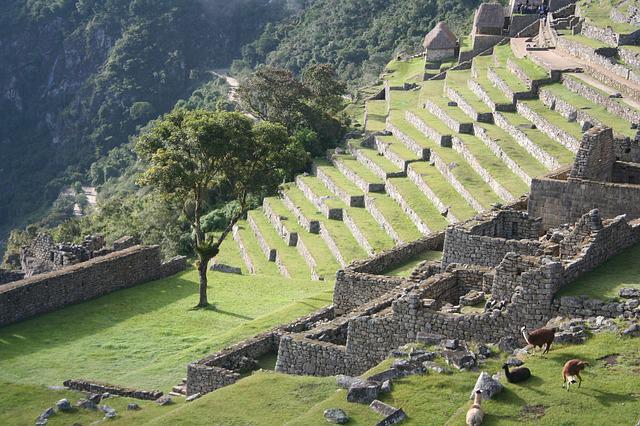
#5 The Inca Trail Was A Sacred Route
As mentioned above, the Incan Trail is only a portion of an extensive Incan road network. Historians believe that this route was used for religious pilgrimages.
The Emperor may have had exclusive use of this trail. The monarch and other royalty used the Inca trail to reach Machu Picchu.
In the 1980s, explorers discovered mummies at sites along the trails. Researchers believe that these are the remains of human sacrifices. These finds further confirmed the theory of a pilgrimage route.

Get an Inca trail trek quote
Start planning your Machu Picchu hiking holiday.
#6 You Can Hike The Inca Trail Over 5 Days
There are several Inca trail tour options available to hikers for an extended Inca trail hike. This way, you hike the same distance over 5 days instead of 4 (see the classic 4 day Inca trail). If you prefer to take it easy and enjoy your time on the trail, then this is for you.
The extended trail makes use of the quieter campsites. By taking an extra day, walking distances are shorter and easier. This option is recommended for families with younger children and more mature hikers.
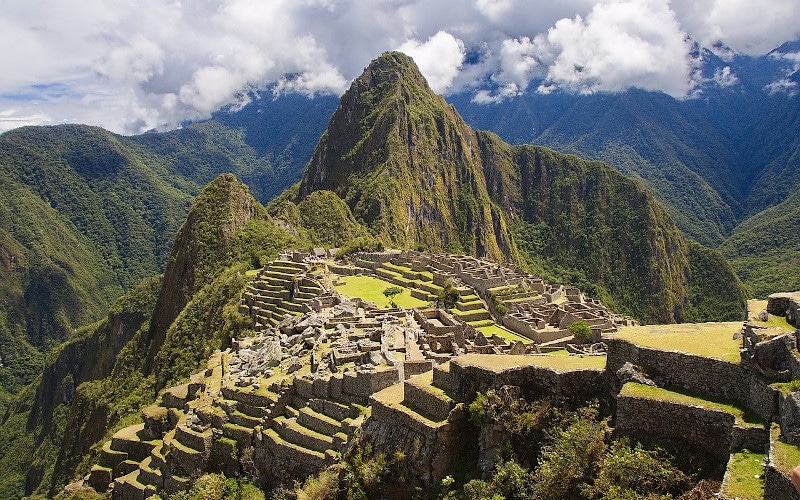
#7 There Is An Inca Trail Marathon
Every year, trail running fanatics take on the Inca Trail as a single-day endurance event. The altitude and steep passes make it one of the most difficult marathons In the World.
Most people take over five hours to finish. The record for the fastest time to complete the Inca Trail is held by a local porter. He did it in 3 hours and 23 minutes.
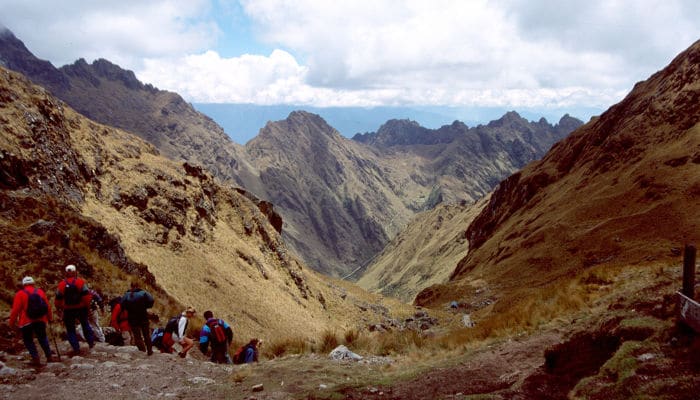
The view from Dead Woman's Pass (4,200m) on the Inca Trail
#8 Highest Point On The Trail
The Highest altitude on the Inca trail is Dead Woman’s Pass. After trekking up hundreds of stairs, you will be standing 4,215m (13,328 feet) above sea level.
Dead Woman’s Pass gets its name from the Inca phrase ‘Abra Warmiwanusca’ which describes the shape of the mountain. From below, it may look like the shape of a woman lying down with her face looking up.
You may also like...
#9 Horses Are Not Allowed On The Inca Trail
Even during the early years of the trail, the government understood its significance. This walking trail is a big part of Peru’s heritage. It is also one of the country's biggest tourist attractions. All efforts are made to preserve the trail and ruin sites.
The stone steps and dirt tracks already suffer from the footsteps of thousands of hikers. The hooves of horses, mules, and donkeys would speed up these damages. As such, no pack animals are allowed on the trail.
Porters are hired from the surrounding rural areas. For many families, this job provides their only income.
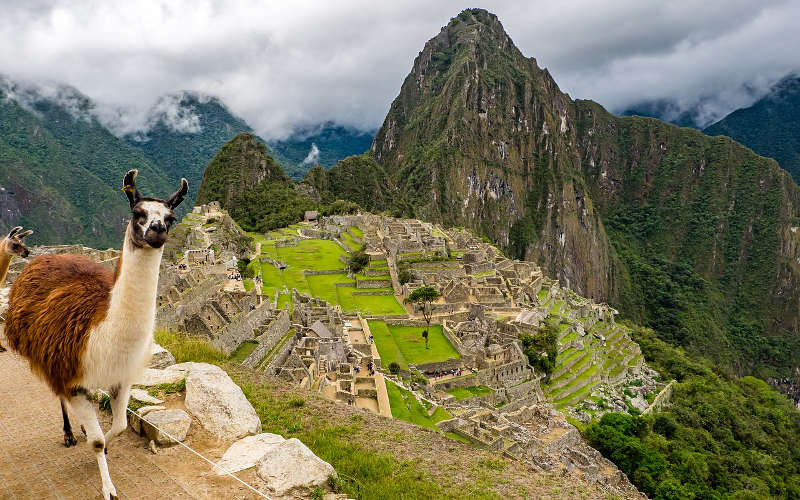
#10 You Will See Llamas On The Inca Trail
The llama was a sacred animal for the Incas. They were load-carrying animals and also sacrificed in ceremonies. Dried llama dung makes an excellent fuel source. The wool produces famous Peruvian textiles.
If you love these fluffy creatures, you are in for a treat. There are herds of llamas grazing along sections of the Inca Trail. Unlike us, they thrive at high altitudes.
These curious creatures are unlikely to hurt you. They may however walk up to your tent for a closer look. A few llamas walking between the ruins will add some local character to your trek photos.
#11 Age Limits On The Inca Trail
The oldest person to ever finish the Inca trail was reportedly 84 years old. It is not unusual to see people in their 70s on the trail. Capabilities depend on personal fitness. Older hikers are advised to get a health check beforehand though.
There is no official age limit for the Inca Trail. Most tour operators will not accept children younger than 8 years old. Other companies have a minimum age limit of 16.
